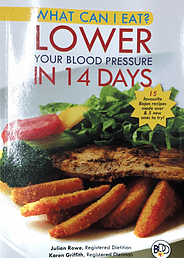Using preventative education to fight the growth of diabetes
Prevention is certainly cheaper than cure when it relates to diabetes. And although there is no cure in the true sense of the word, there are steps we can take in our daily lives to reduce our risk of developing diabetes.
Unlike a number of other lifestyle disorders, diabetes has a warning element to it. This warning is called pre-diabetes; Prediabetes means you have a higher-than-normal blood sugar level, but not high enough to be considered type 2 diabetes. This is where lifestyle changes become critical at helping to reduce the individual risk of developing type 2 diabetes.
Research has demonstrated that education programs that focus on pre-diabetes could bring significant improvement in knowledge, attitude and maybe even change cultural practice so as to reduce the number of individuals developing diabetes. In my clinical experience lifestyle education programs at this early stage are very successful at helping individuals address their risk factors and reverse the pre-diabetes state.
How do we identify those persons with pre-diabetes? There is a test called HbA1c. This test measures the amount of glucose (sugar) that sticks onto your red blood cells over a 2-to-3-month period. This test is important because it tells you when your body is struggling to use your blood glucose (sugar) as more of the sugar sticks to your red blood cells. At your next doctor visit, discuss the HbA1c with your doctor. You do not need to have diabetes to have this test done, this is the first step in educating yourself about your risk so that you can take the necessary action.
If your HbA1c is higher than it should be ask your doctor to refer you to a registered dietitian who can assist you with your lifestyle changes. We can provide you with the tools needed to reverse the pre-diabetes or diabetes.






